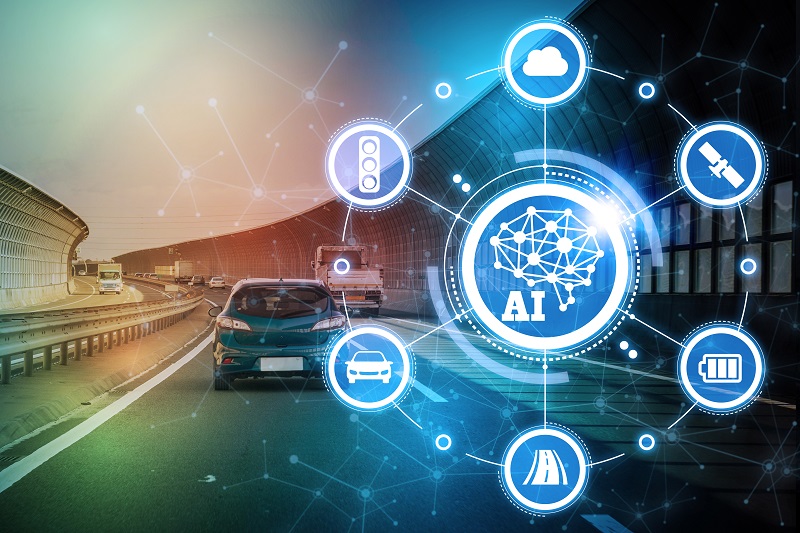The Role of Artificial Intelligence in Autonomous Vehicles: Advancing Safety and Efficiency
Introduction
Autonomous vehicles have emerged as a groundbreaking technological innovation, revolutionizing the way we perceive transportation. At the core of their development lies the power of artificial intelligence (AI), enabling these vehicles to operate without human intervention. In this blog post, we will explore the crucial role of AI in advancing the safety and efficiency of autonomous vehicles.
AI enables autonomous vehicles to detect and recognize objects, including pedestrians, cyclists, and other vehicles, in real-time. By continuously analyzing the data from their sensors, AI algorithms can make informed decisions and navigate complex traffic scenarios. This ability to anticipate potential hazards and respond swiftly contributes significantly to preventing accidents and ensuring safer journeys.
Improving Traffic Efficiency
In addition to safety, AI greatly enhances the efficiency of autonomous vehicles on the road. Through advanced algorithms and data processing, AI enables these vehicles to optimize their route planning, traffic flow, and energy consumption.
AI algorithms can analyze real-time traffic data, including congestion levels, road closures, and accidents, to identify the most efficient routes for autonomous vehicles. By dynamically adjusting their paths based on the prevailing traffic conditions, these vehicles can minimize travel time, reduce fuel consumption, and enhance overall traffic efficiency.
Furthermore, AI facilitates intelligent decision-making in situations requiring cooperation among multiple autonomous vehicles. Through vehicle-to-vehicle (V2V) communication, AI algorithms enable vehicles to share information, coordinate movements, and avoid potential conflicts. This collaborative approach leads to smoother traffic flow, reduced bottlenecks, and improved overall efficiency on the roads.
Continuous Learning and Adaptation
One of the remarkable aspects of AI in autonomous vehicles is their ability to learn and adapt over time. Through machine learning algorithms, autonomous vehicles can continuously refine their performance based on real-world experiences.
By collecting and analyzing data from various sensors and sources, AI algorithms can identify patterns, understand road behavior, and make informed decisions. This continuous learning process allows autonomous vehicles to adapt to changing road conditions, new environments, and even unpredictable situations.
As more autonomous vehicles hit the roads, their collective learning experiences can be shared through cloud-based platforms. This sharing of knowledge among vehicles and the continuous improvement of AI algorithms contribute to the ongoing evolution of autonomous driving technology, leading to safer and more efficient transportation systems.
Conclusion
Artificial intelligence plays a pivotal role in advancing the safety and efficiency of autonomous vehicles. Through its ability to perceive and interpret the environment, AI enhances road safety by minimizing human errors and preventing accidents. Additionally, AI algorithms optimize route planning, traffic flow, and energy consumption, improving overall traffic efficiency. With continuous learning and adaptation, autonomous vehicles powered by AI are poised to shape the future of transportation, offering safer journeys and more sustainable mobility solutions.
Enhanced Perception and Sensing
One of the primary challenges in autonomous driving is ensuring the vehicle can perceive and understand its surroundings accurately. This is where AI excels. Through the use of sophisticated sensors such as cameras, lidar, radar, and ultrasonic sensors, autonomous vehicles gather vast amounts of data about the environment in real-time.

